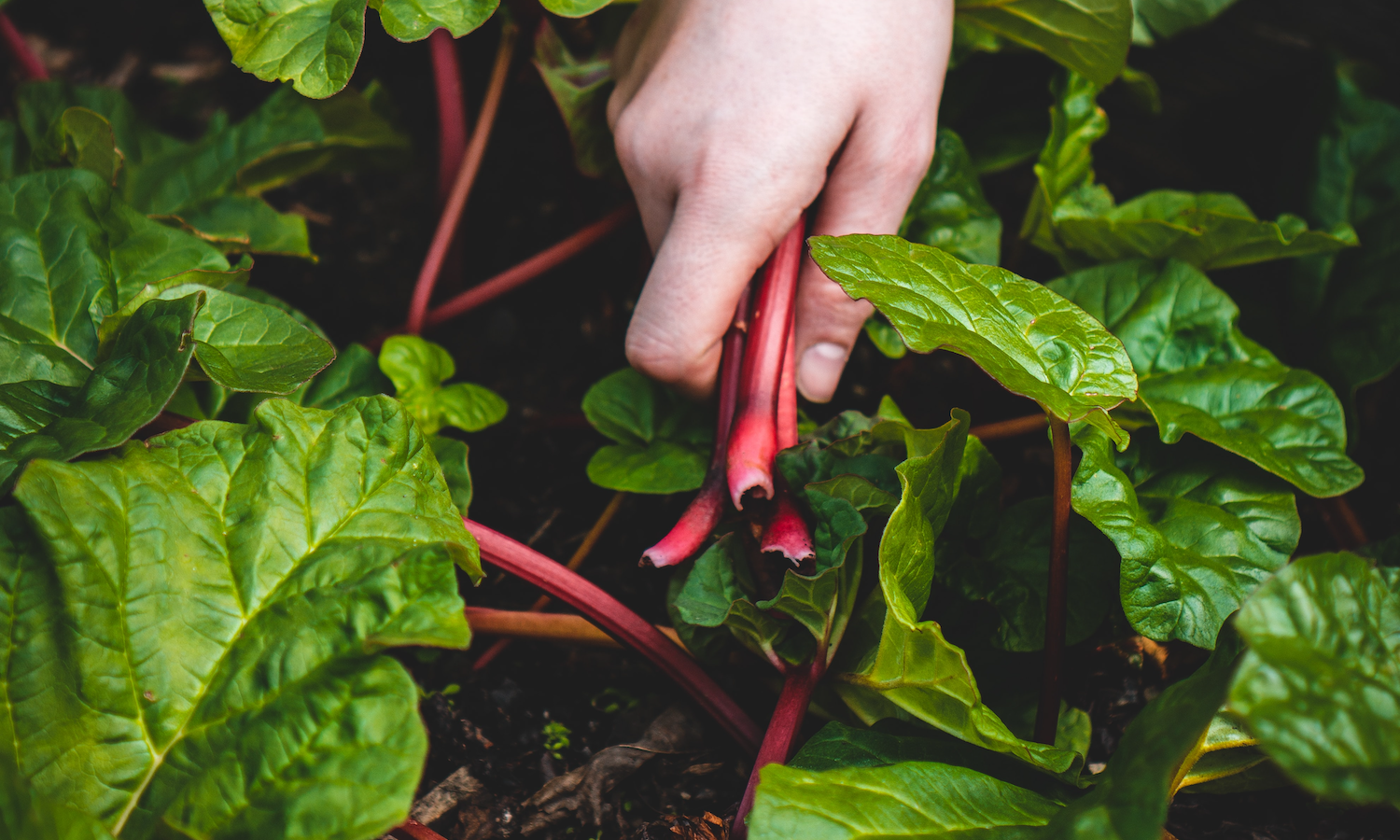More than 25 years since the Edible Schoolyard Project was founded, the nonprofit organization continues to deepen relationships between young people and their communities and the food they eat.
In 1995 chef Alice Waters launched the Edible Schoolyard Project, which uses school gardens, kitchens, and cafeterias to teach students about the values of food, nature, and community. Waters started the project with a single middle school in Berkeley, California, supported by a coalition of educators, families, farmers, cooks, and artists. Together, they worked with students to create a garden and kitchen classroom.
Since the founding of the first Edible Schoolyard, the nonprofit has established thousands of gardens across the country. In these spaces, young people have the chance to deepen their relationship with food and develop new skills. “The foods that the kids cook really empowers them,” Waters tells Food Tank. “And they are changed by it.”
Each garden takes shape in a different way, but Waters believes that it doesn’t matter whether students are growing their food in an urban or rural setting, in pots or in the ground. “Really, you need to know it can be done,” she says. “Seeing is believing and we have only been seeing disaster right now. War and disaster. And we need to see people feeling empowered and growing their own food.”
Involving young people is only one piece of Waters’ vision. She believes that transformation of the world’s food and agriculture systems requires participation from everyone. “We need to learn about what it is to live in a democracy,” Waters tells Food Tank. “And a democracy means that everybody has something to contribute.”
Listen to the full conversation with Alice Waters on “Food Talk with Dani Nierenberg” to hear more about the power of eating in community, why the design of everything from gardens to kitchens matters, why Waters says that supporting farmers who grow food for schools is “the biggest gift that we can give the next generation.”
Articles like the one you just read are made possible through the generosity of Food Tank members. Can we please count on you to be part of our growing movement? Become a member today by clicking here.
Photo courtesy of Jonathan Kemper, Unsplash







